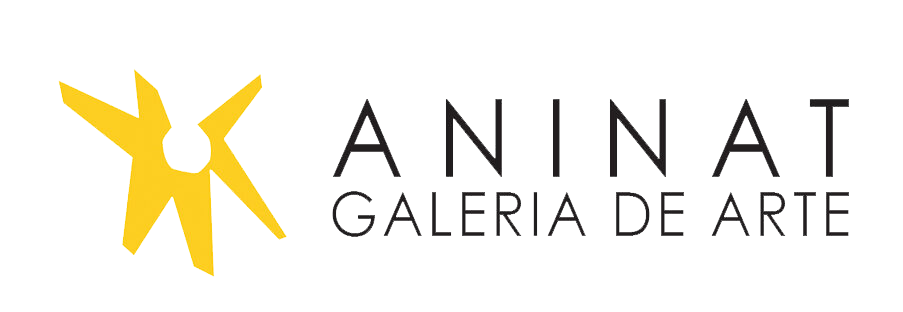C.A.D.A.
“Colectivo Acciones de Arte” (CADA), es un grupo interdisciplinario de artistas chilenos creado en 1979, el cual proponía establecer un reflejo crítico del dilema del Arte y la Política, especialmente urgente dado el estado dictatorial por el que atravesaba el país. CADA se concentró en estructurar la intervención urbana para establecer una nueva propuesta estética que reestructurara los circuitos artísticos existentes bajo la dictadura. El grupo abogó por una mayor comunicación en los medios y por convertirse en pilares del discurso artístico.
Con la obra "Para no morir de hambre en el arte", realizada en octubre de 1979 –utilizando la leche como metáfora–, signo de color blanco, hambre y falta, se inició un trabajo progresivo. Este trabajo abarcó desde el registro de videos hasta revistas de análisis político y desde cuerpos segregados de los indigentes de la ciudad para finalmente llegar a los instrumentos de la Industria con la obra "Inversión de escena": camiones de distribución de leche estacionados frente al Museo Nacional de Bellas Artes que indican un pocas horas, ese arte chileno estaba en crisis.
El grupo CADA finalizó las intervenciones urbanas con el mural “NO +”, el proyecto más ambicioso destinado a aumentar los espacios artísticos. Este fue el trabajo socialmente más eficiente del grupo. Un importante número de artistas de diferentes disciplinas dieron su apoyo contribuyendo de tal manera que en la ciudad y en las mentes de sus habitantes –que no se contentan con la dictadura– se atendieron las demandas de democracia en el país.
Un proyecto urbano donde la creatividad y el rigor se cruzan reclamando una realidad social más habitable, que surge de mecanismos artísticos arriesgados, plurales y sorprendentes.
Finalmente, el grupo CADA se disolvió en 1985 después de un trabajo de acción de prensa "Viuda" (Viuda).
“Colectivo Acciones de Arte” (CADA) a interdisciplinary group of Chilean artists created in 1979 proposing the establishment of a critical reflection of the Art and Politics dilemma especially urgent given the dictatorial status the country was going through. Thus, CADA concentrated on structuring urban intervention so as to set-up a new esthetical proposal that would restructure the artistic circuits existing under the dictatorship. The group appealed for increased communication in the media and its becoming pillars of the art discourse.
With the work “Para no morir de hambre en el arte” (So as Not to Die of Hunger in Art) performed on October 1979 –using milk as a metaphor –sign of color white, hunger and lack – a progressive work was initiated. This work ranged from video registration to political analysis magazines and from segregated bodies of the destitute in the city to finally reach the instruments of Industry with the work “Scene Inversion”: Milk-distributing trucks parked in front of the National Museum of Fine Arts indicating for a few hours, that Chilean Art was in crisis.
CADA group finished urban interventions with mural streaking “NO+”, the most ambitious project destined to augment artistic spaces. This was the most socially efficient work of the group. An important number of artists from different disciplines gave their support contributing in such a way that in the city and in the minds of its inhabitants –those not content with the dictatorship- the demands for democracy in the country were heeded.
An urban project where creativity and rigor intersect claiming for a more habitable social reality, arising from risky, plural and surprising artistic mechanisms.
At length, CADA group dissolved in 1985 after a Press-action work “Viuda” (Widow).


